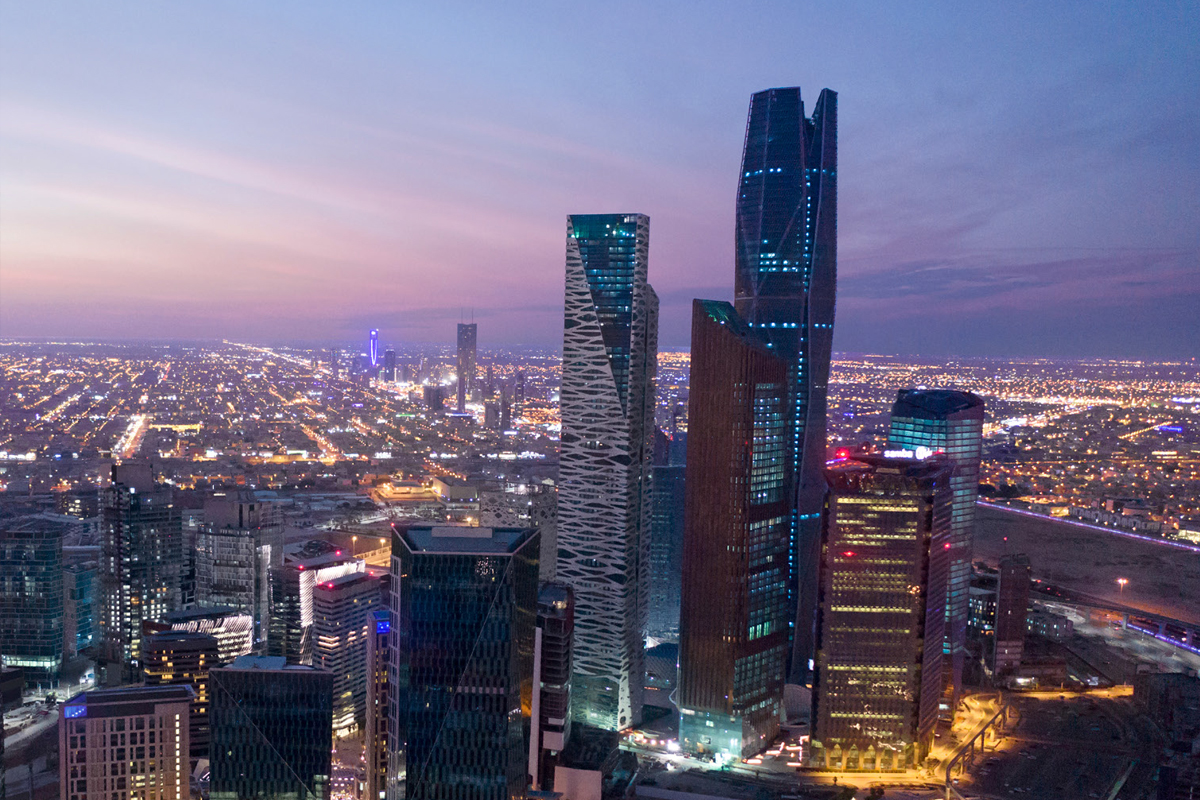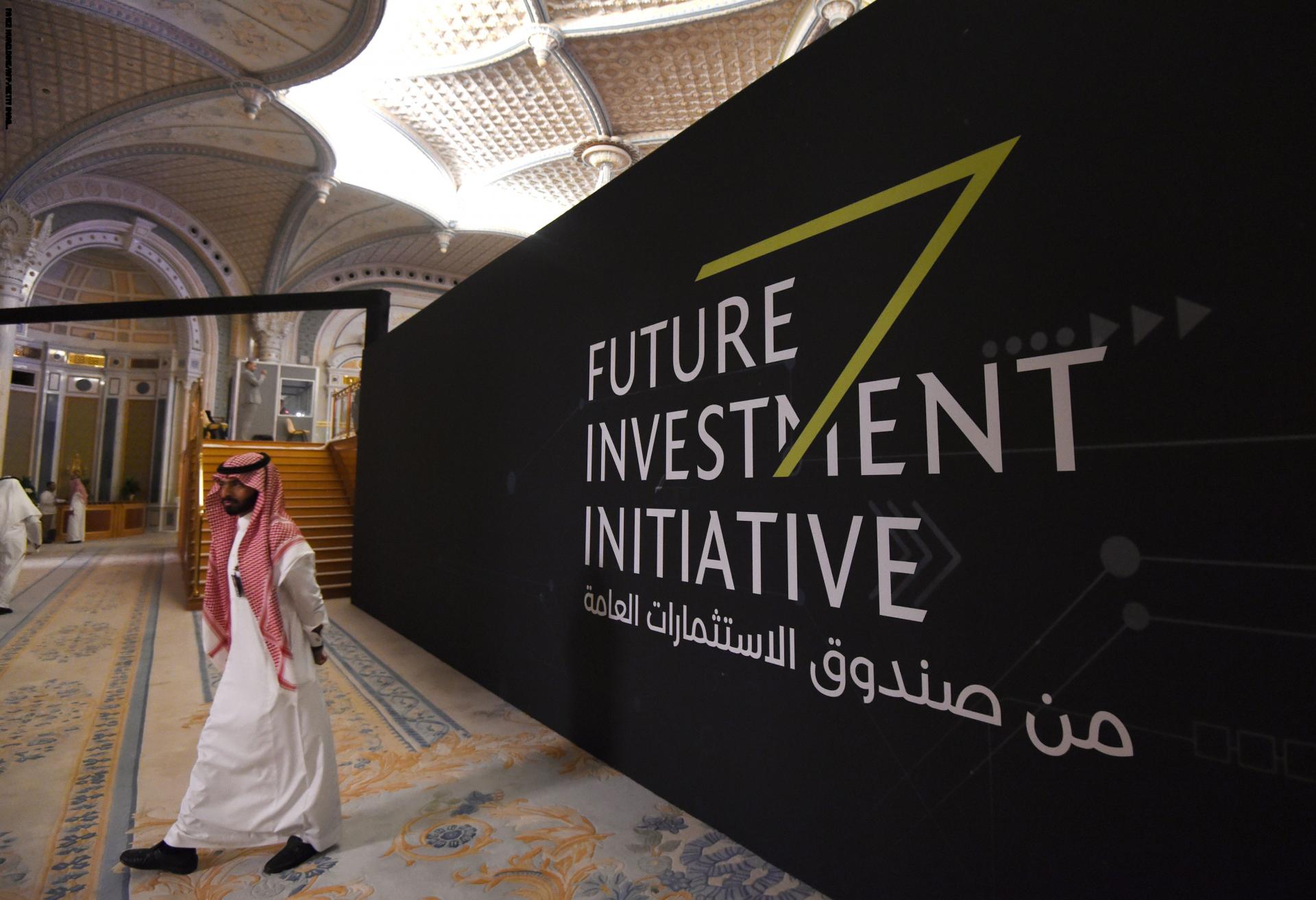Introduction
Saudi Arabia’s Vision 2030 has set in motion a wide-ranging economic transformation, creating fresh and growing opportunities for foreign investors. With legal reforms, financial incentives, and a push for diversification, many sectors are now more accessible and attractive than ever before.
Key Promising Sectors & Opportunities
- Renewable Energy & Green Hydrogen
- Major solar and wind projects backed by government investments.
- The Jafurah green hydrogen project offers scale, guaranteed grid access, and support.
- Technology, AI, and Digital Infrastructure
- Big growth in AI, cloud computing, cybersecurity, and digital platforms.
- Fintech, digital payments, and data centers are in high demand.
- Tourism, Culture & Entertainment
- Mega projects like NEOM, Red Sea, Qiddiya, Amaala are hotspots for luxury resorts, cultural tourism, entertainment venues.
- Opportunities in heritage restoration, museums, theme parks, sports, and digital entertainment.
- Manufacturing & Local Industry
- Push to localize production, meet domestic demand, and export value-added goods.
- Areas include automotive, pharmaceuticals, food processing, advanced manufacturing.
- Mining & Minerals
- Licenses are being granted for exploration and extraction of base and precious metals.
- Opportunity for downstream processing and refining to add value locally.
- Healthcare & Life Sciences
- Steps towards privatization, PPP models, medical tourism.
- Growth in digital health, diagnostics, biotech.
- Smart Infrastructure, Logistics & Transport
- Investments in ports, airports, urban transit, smart city development.
- E-commerce boost needs reliable logistics, cold chains, warehousing.
Incentives for Foreign Investors
- Full foreign ownership in many sectors that were previously restricted.
- Tax and customs incentives: import duty exemptions, favorable corporate tax rates, VAT simplifications.
- Special Economic Zones (SEZs) offering regulatory ease, infrastructure, and administrative facilitation.
- Public-private partnerships (PPPs) especially in energy, infrastructure, healthcare providing stable long-term returns.
Challenges to Consider
- Regulatory and licensing requirements vary by sector and location.
- Need for local partnerships or compliance with Saudi content/localization in some industries.
- Long investment cycles in projects like infrastructure, energy, mining.
- Ensuring political/regulatory stability, dealing with currency, labor, supply chain issues.
Conclusion
Vision 2030 has opened Saudi Arabia to a wealth of investment opportunities for foreigners.
By choosing sectors aligned with national priorities, leveraging legal reforms and incentives, and working smartly, investors have strong potential for returns.
Saudi Arabia in 2025–2030 offers more than just oil — it’s a landscape of sustainable, diverse opportunities for those who act now.

